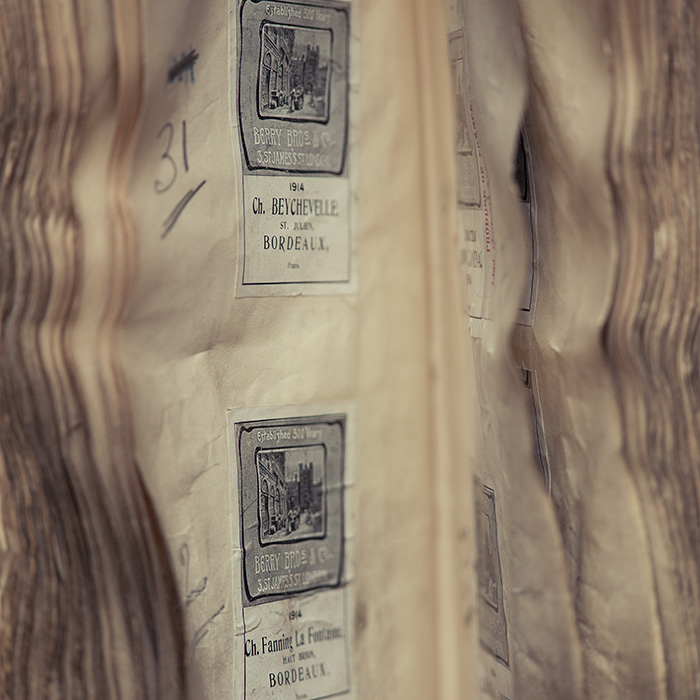Our very Own Selection
Author: Geordie Willis
House wines have earned a reputation over the years of being somewhat bog-standard; uninspiring, nameless bottles languishing on a restaurant’s list, offering the more frugal customer the chance to wash down their meal with some well-meaning plonk that will neither disappoint or delight. At best these vinous offerings might be considered functional, at worst a distraction from the quality of the food: this notoriety is, however, often wholly unjust. A good restaurant or wine bar will stake their reputation on the quality of their cheapest bottles, which are, in fact, a standard-bearer for the establishment’s buying acumen.
The bottling and labelling of fine wines is very much part of our history at Berry Bros. & Rudd. In fact, our Warehouse Shop in Basingstoke started its life as a bottling hall. Until the early 20th century, the vast majority of wine was shipped in bulk and bottled by the merchant who bought it, regardless of whether the wine was a venerable Premier Cru or a humble table wine: first Growth Ch. Margaux, for example, was still being transported in barrel up to the 1948 vintage; and the last wines were bottled by Berry Bros. & Rudd as late as 1991 (the 1989 vintage from the Rhône). A merchant’s bottlings represented reliability and an assurance of quality: today we still believe that when we attach a label to a bottle of wine we are putting our reputation on the line.
Our Own Selection range was the catalyst for the branding project which we undertook three years ago. It had become apparent that the labels within the range were not communicating the quality of the liquid within. On working through back issues of Number Three magazine (our self-published missive that went out to customers twice a year from 1954 to 1994), I came across an article which features a quote that perhaps best describes the reaction that we hope to elicit from our eponymous range:
“Nothing cheers me up more,” a customer said to us recently “than going to a dinner party and seeing a Berrys’ label on the bottles on the sideboard. I can then stop worrying whether the wine will be drinkable and begin to enjoy myself.” – Number Three, Spring 1990
For this is what the range should represent; a guarantee of quality and a short-cut to decision making. We’ve had the opportunity to re-imagine the range whilst looking at the design of the labels (more on the design will follow in a post from Pentagram’s Harry Pearce).
The ranging strategy creates three distinct tiers (in typical Berry Bros. & Rudd fashion there are some idiosyncrasies to contend with – but I won’t go into detail here). The entry point in the range finds its foundation in the classic grape varieties, from the perennial favourites such as Pinot Grigio, to the less well-known but equally rewarding Nero d’Avola. Each of these wines do what they say on the tin: they should be truly representative of the type and style proffered by the grape. These are wines designed to delight rather than surprise. The mid-range finds its home in the classic wine regions of the world; it is here that you’ll find Sancerre, Margaux and Meursault. In each case we’ve worked with producers that we know and love, collaborating with the sole purpose of producing something truly exceptional for our customers. And then there’s the top range, where the producer comes even more to the fore. These are wines which best represent the relationships we have with our producers, where we are granted unparalleled access to small parcels of unique wines that won’t be found elsewhere on the market.
We’re extremely proud of these wines and it won’t surprise you to hear that you might find them on the dining room tables of many of our colleagues. If you haven’t yet tried them, you are in for a treat. We hope that you enjoy them as much as we do.
Browse our new Own Selection range on bbr.com.



